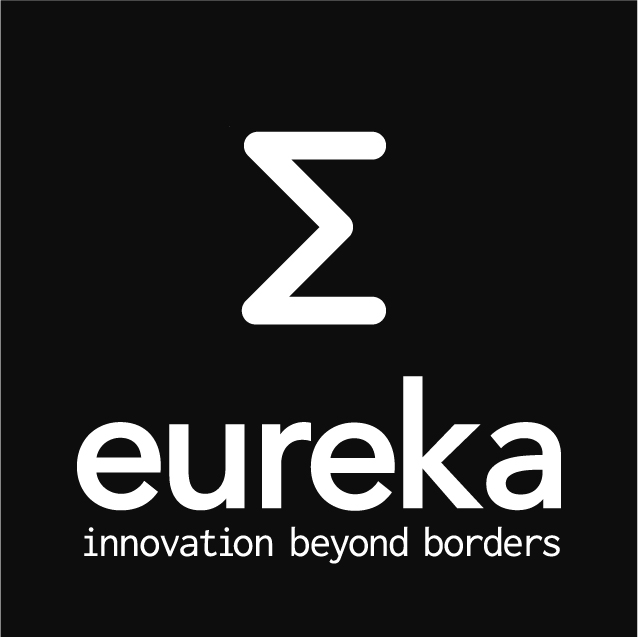Finished Project

B21C
This project won the Celtic Excellence Award in Silver 2010
Broadcast for 21st Century
![]()
| Project Coordinator | |
| Gerard Faria TeamCast France e-mail: gerard.faria (at) teamcast.com |
|
| Project Consortium | |
| France: | TeamCast, Alcatel-Lucent, Dibcom, France Telecom R&D, INSA/IETR, NXP Semiconductors, Spectracom, TELECOM Bretagne, Telediffusion de France, Thomson Grass Valley |
| Belgium: | Agilent Technologies |
| Finland: | University Turku, Digita, Elektrobit Corporation, Nokia, Tampere Univ. of Tech., Turku Univ. of Applied Sciences, Åbo Akademi University Turku |
| Germany: | Technical Univ. Braunschweig, Fraunhofer, Rohde&Schwarz |
| Greece: | Space Hellas |
| Italy: | RAI (Radiotelevisione Italiana), Univ. of Bologna – ARCES |
| Spain: | Abertis Telecom-Retevision, Hispasat, Mier Communications, Robotiker Infotech, SIDSA, Telefónica I+D, Univ. Ramon Llull |
| Sweden: | Teracom |
| UK: | British Broadcasting Corp., Sony Semiconductor & Electronics Solutions, Univ. of Surrey |
This is a “Celtic” project;
| Project Key Information | ||||
|
Start date |
End date | Budget (total) | Effort (total) | Project-ID |
| Q1/2007 | Q4/2009 | 20.8 MEuro | 181 PY | CP4-004 |
| Abstract |
| The B21C project (Broadcast for the 21st Century) aims to constitute a task force, building on the works and reflections of the DVB forum, with the goal to elaborate the technical propositions for the future of Digital Video Broadcasting. Since its inception in 1997, DVB-T (the DVB Terrestrial Television Transmission system) has fully justified the objectives of its designers, delivering “wireless” Digital TV services in almost every Continent. However, the emergence of new consumer applications (i.e. TV to mobile), new spectrum policy (i.e. the digital dividend from analogue switch off) and the convergence of various wireless technologies (including satellite distribution) are leading the DVB community to both evaluate the suitability of the existing DVB-T system to accommodate such emerging situations and to consider the benefits that new state-of-the-art technologies could bring to DVB-T. One of the major challenges for the conversion from analogue to digital broadcasting is to maintain a high geographical coverage for both stationary and nomadic terminals – including handheld terminals – in urban and rural areas, while also providing reliable service for mobile receivers used in automotive and in-train applications. Present DVB-H technology represents only the first industry attempt to accommodate consumer demands for broadcasts to a handheld terminal. It is proposed that, by the complementary adoption of DVB-H and satellite broadcasting technologies, it should be possible to deliver a high QoS for all applications and terminals, in both urban and rural areas, meeting in full all consumer requirements. In light of such challenges, the development and standardisation of extended DVB systems will require extensive work in the areas of channel modelling, simulation, laboratory testing and field trials. The B21C project aims to support the standardisation process of these extended DVB transmission systems within the broadcasting landscape that is rapidly evolving.The B21C project has the clear objectives to sustain the evolutions of Digital Video Broadcasting demanded by emerging new applications and usage of broadcast content:
Clearly, the B21C project’s major objective is to conceive and concentrate the foundations for “Broadcast for the 21st Century”. |
| Focus areas |
|
| Expected outcome |
|



